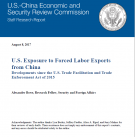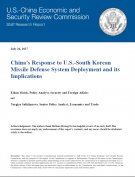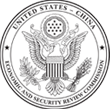×
Filter Results
Filter Results

Staff Paper
China maintains a network of prison labor facilities that use forced labor to produce goods intended for export—a violation of U.S.-China trade agreements and U.S. law. The United States continues to face difficulty in preventing these products from entering its borders, but the Trade Facilitation and Trade Enforcement Act (TFTEA) of 2015 has strengthened its ability to do so by closing a major legal loophole. Chinese authorities remain uncooperative with their U.S. counterparts; they routinely deny that forced labor occurs, and they have not allowed U.S. officials to visit suspected sites in years. Due to insufficient oversight, the supply chains of many U.S. companies remain vulnerable to forced labor-derived products.

Staff Paper
In July 2016, the United States and South Korea announced the alliance decision to deploy a U.S. Terminal High Altitude Area Defense (THAAD) antimissile battery in South Korea to defend against the increasing North Korean missile threat. The move has angered Beijing, which perceives THAAD as mostly directed at China and a regional security concern, according to its official statements. In response, Beijing has used economic coercion, among other levers, to try to compel Seoul to abandon the THAAD deployment, but these efforts have proven unsuccessful. This report includes an overview of the THAAD system and its deployment, China’s stated concerns about THAAD, and China’s array of pressure directed against South Korea. It also examines the implications of China’s forceful response to the deployment for the United States and the geopolitical landscape in the Asia Pacific.
